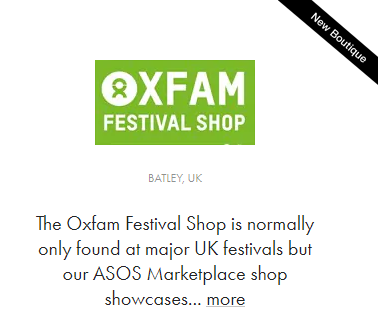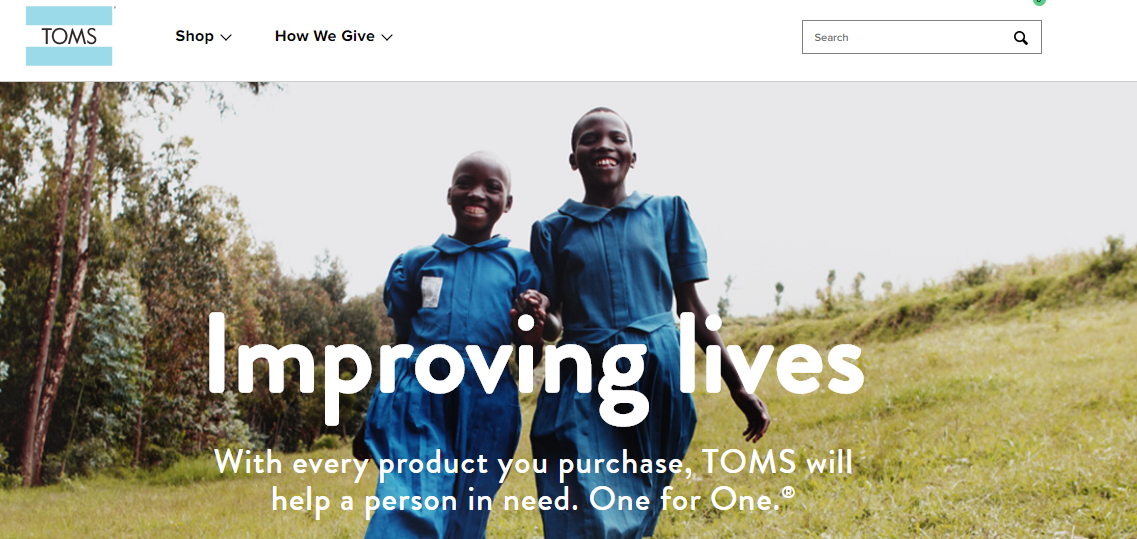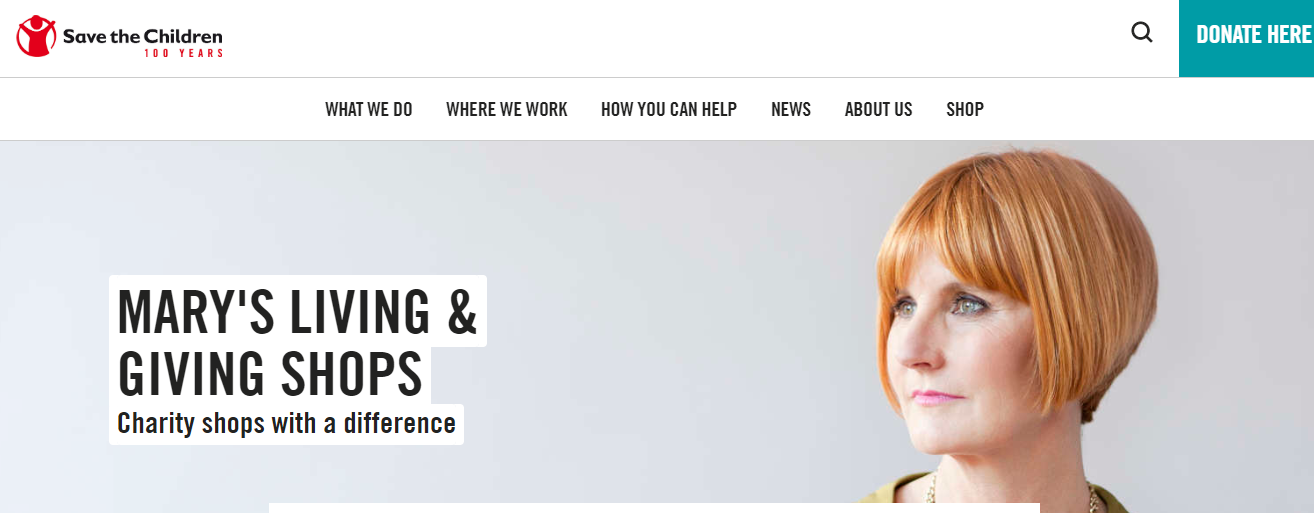Jenny Smith
In 2018, nfpSynergy’s Charity Awareness Monitor found that 4-5 out of 10 members of the public believed that charity shop customers tended to be older, less wealthy and less fashionable than the average.[1] Although charity shops remain one of the most popular ways of engaging with charities in the UK, it is worth discussing how charities and charity shops innovate to entice the modern consumer.
We know that younger people are particularly more likely to be negative about charity shops and less inclined to shop in them. For example, in the same piece of research we found that 47% of 16-24 year olds described charity shops as old-fashioned (compared to 12% of 65+) and 34% of this group think they sell poor-quality items (compared to 7% of 65+).
So, what examples are out there of charities engaging young people in purchasing second-hand charity items or going to charity shops more? I outline three key important ways the charities are doing this and the possible future innovations that the sector may embrace.
Repackaging Second-hand Clothes
Over recent years, high street clothes shops have begun selling ‘vintage’ lines alongside their usual collections. Urban Outfitters is a great example of how second-hand clothes, whether positioned as rare, vintage one-offs, or reworked using leftover fabrics, can be sold to young people looking for unique pieces from their favourite store in their ‘Urban Renewal’ range.
In May, ASOS have taken this further and announced a revolutionary partnership with charities to sell ‘vintage’ clothes with all profits going to charities. By creating new Boutique shops in their Marketplace in partnership with Oxfam, Barnardo’s and TRAID, they have been able to repackage the charity shop model that can engage a younger group who are less inclined to attend a charity shop.

This is a great example of how charities and retail stores can partner in innovative ways to target younger audiences.
Partnerships between shops and charities are not new, and we regularly track the awareness of corporate partnerships in the Charity Awareness Monitor understanding the value of these relationships in generating high publicity for charities.
Usually selling new products with charity’s branding on them, there has been some successful stories in charities engaging with audiences who may not necessarily go in charity shops. For example, Fashion Targets Breast Cancer successfully working with M&S, River Island and Simply Be selling branded t-shirts and TK Maxx’s work with Red Nose Day. These approaches are clearly successful in engaging audiences to purchase items with a percentage going to charity and in February 2019, our research found that 47% of 16-24 year olds said they donated in the last 3 months by buying products that include a charitable donation.[2]
It will be interesting to trace the evolution of selling second-hand items within such charitable spaces rather than the usual production of new charity branded products. Does ASOS’s approach mark a change in how charities and charity shops can engage with the retail sector?
Encouraging Environmental Ethical Choices
A growing trend in the retail sector is the rise of the ‘conscious consumer’ which provides another opportunity for charities to promote the value of the charity shop to younger audiences. TOMS, the shoe company focusing on community development, is a great example of the growth in ethical consumerism and their ‘One for One’ promise has been extremely successful in engaging customers who are looking to buy ethically.

Other shops have also been making an effort to encourage customers to ethically source their clothing, although often not in partnership with charities. A growing trend of rental subscriptions for clothes, including ‘Rent the Runway’ in the US, which offers fashion freedom as well as a smaller clothing footprint is an emerging trend in the fashion industry. Following this, Urban Outfitters have introduced a clothing rental service called Nuuly across the pond where customers can choose 6 clothes pieces per month to rent, wear and return for a monthly fee.
The jury is still out on whether this trend towards ethical renting of consumer products will engage with the public. But we do know that young people are no less engaged than other age groups with the issues of climate change, as well as have a greater awareness of environmental campaigning charities and organisations. Interestingly, in April 2019, 41% of 16-24 year olds have Definitely/Probably heard of Extinction Rebellion compared to 24% of the general public – a key signal that climate change and ethical consumerism are top of mind when it comes to younger groups.[3]
But how can charities take advantage of this warmth to ethical products? Highlighting the ethical benefits of purchasing second-hand clothes or products could be an easy route to attract younger audiences to charity shops and understanding their value in not buying new items. A good example of how a charity has been able to promote this angle is Oxfam and their Sourced By Oxfam label.
The Rise of Boutique Charity Shops
Another trend we have seen to be used by a number of charity shops is the creation of ‘Boutique’ charity shops flourishing since the 2007-10 BBC TV show ‘Mary Queen of Charity Shops’. Rather than specifically targeted at younger people, this approach has helped to make charity shops more modern, with a greater focus placed on community and a more professional shopping experience.
The show has produced Mary’s Living and Giving boutique shops on behalf of Save the Children, as well as various spin-offs including ‘Boutique by Shelter’ with stores across London designed by Wayne Hemingway, the founder of the brand Red or Dead. Providing a more forward-thinking perspective on what a charity shop is, these shops are able to engage a new audience who are looking for higher end and hand-picked products. This more bespoke approach to charity shops may be a good route to go down in order to innovate.

The above three approaches outline how relationship between retail and charities are evolving to become more innovative and engage young people, as well as the wider public. With our most recent trends showing the frequency of donating to and buying from charity shops that has slightly declined over the years, it is becoming even more important to adapt and change the way that people view charity shops.
[1] Source: Charity Awareness Monitor, Dec 18, nfpSynergy | Base: 1,000 adults 16+, Britain
[2] Source: Charity Awareness Monitor, Feb 19, nfpSynergy | Base: 1,000 adults 16+, Britain
[3] Source: Charity Awareness Monitor, Dec 18, nfpSynergy | Base: 1,000 adults 16+, Britain

